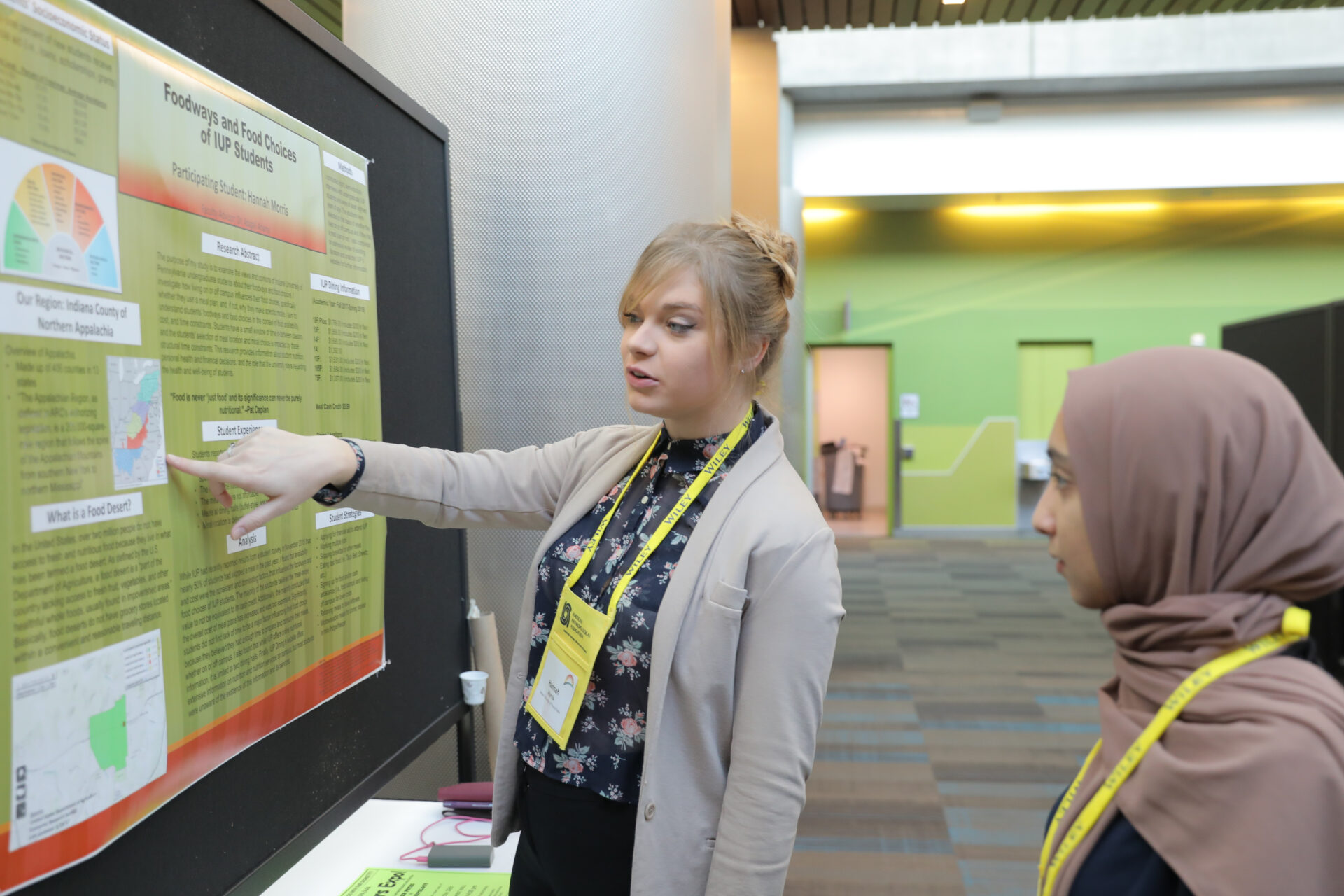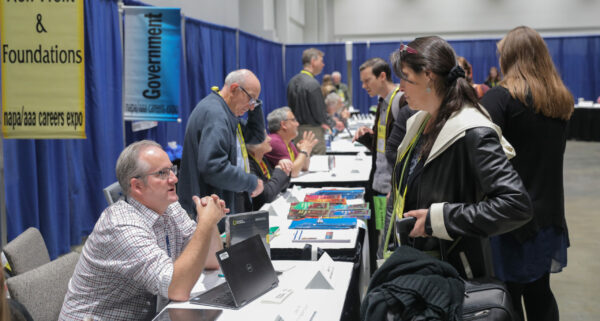Careers Pages
-
Careers in Anthropology
Learn about where anthropologists are working and what your options are for a career in anthropology.
-
ACE Job Board
Find positions for various sectors that employ anthropologists including higher education institutions, museums, government, and more.
-
Career Resources
Find resources for everything from career transitions to looking for positions outside of academia.
-
Fellowships
Look for fellowships and grants within universities, colleges, museums, non-profits, government agencies, and businesses.
Careers in Anthropology
Anthropologists can be found in a surprising array of fields and careers! Anthropology prepares students for excellent jobs and opens doors to various career paths, by providing global information and thinking skills critical to succeeding in business, research, teaching, advocacy, and public service.

Featured Career Resources
-
Degree Programs
Looking for an Anthropology Programs? Search the database of AnthroGuide institutions by location, highest degree offered, degree type, and more.
-
Field Schools
Find a field school that's right for you. The online version of the AnthroGuide allows you to search for organizations by name, location, degrees offered, and more.
-
Internships
Apply for an internship in the field of anthropology. The online version of the AnthroGuide allows you to search for organizations by name, location, and more.
-
External Review Panel
Find someone with the expertise to provide external review of accomplishments and contributions for tenure, promotion, and programs.

